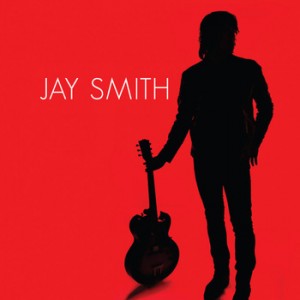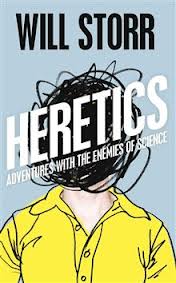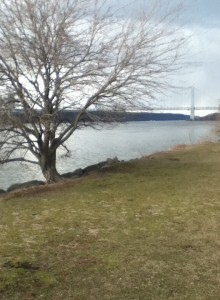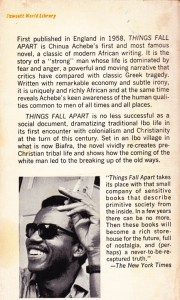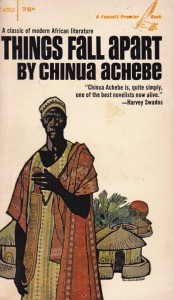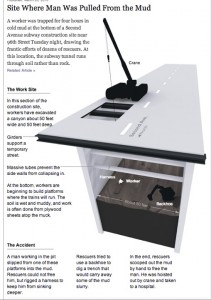Remembering the Pitch That Killed a Major League Ballplayer
Nice @livypd piece on a great book abt 1920 baseball season, THE PITCH THAT KILLED when the Tribe’s Ray Chapman died. bit.ly/1252SLK
— Philip Turner (@philipsturner) March 31, 2013

 The Pitch That Killed: The Story of Carl Mays, Ray Chapman, and the Pennant Race of 1920 is one of the best baseball books I’ve ever read, or been involved with publishing. It chronicles the only fatality ever caused by injury during a baseball game. Ray Chapman was a great Cleveland Indians shortstop who died after struck in the head by a pitch thrown by NY Yankee Carl Mays. The tragedy occurred in the same season that the Tribe won their first World Series, somehow overcoming the loss of one of their best players. I’m glad that Cleveland Plain Dealer sports writer Bill Livingston, @LivyPD, chose to write about it today, the Sunday before Opening Day. Livingston reports that a film based on the book, “Deadball,” may be in the works.The Pitch That Killed is still in print today, in an edition from Ivan R. Dee, independent publisher in Chicago.
The Pitch That Killed: The Story of Carl Mays, Ray Chapman, and the Pennant Race of 1920 is one of the best baseball books I’ve ever read, or been involved with publishing. It chronicles the only fatality ever caused by injury during a baseball game. Ray Chapman was a great Cleveland Indians shortstop who died after struck in the head by a pitch thrown by NY Yankee Carl Mays. The tragedy occurred in the same season that the Tribe won their first World Series, somehow overcoming the loss of one of their best players. I’m glad that Cleveland Plain Dealer sports writer Bill Livingston, @LivyPD, chose to write about it today, the Sunday before Opening Day. Livingston reports that a film based on the book, “Deadball,” may be in the works.The Pitch That Killed is still in print today, in an edition from Ivan R. Dee, independent publisher in Chicago.
Macmillan, where I worked in the late 1980s, was a hotbed of excellent baseball publishing, anchored by The Baseball Encyclopedia. Titles I was responsible for included Two Spectacular Seasons: 1930–The Year the Hitters Ran Wil and 1968: The Year the Pitchers Took Revenge by William B. Mead and the Twentieth Anniversary edition of Jim Bouton’s classic Ball Four, an edition that’s still widely available today, including from Powell’s Books, the affiliate bookseller for this site. Colleague and friend Rick Wolff, who edited The Pitch That Killed and The Baseball Encyclopedia also worked on You Gotta Have Wa: When Two Cultures Collide on the Baseball Diamond, Robert Whiting’s enlightening examination of baseball in Japan. As baseball season begins, it’s fun to celebrate some great baseball books.

